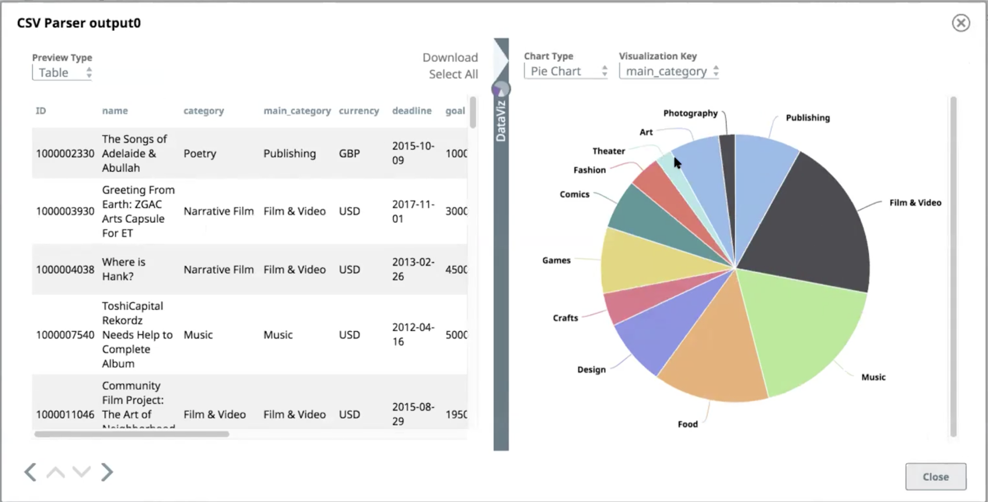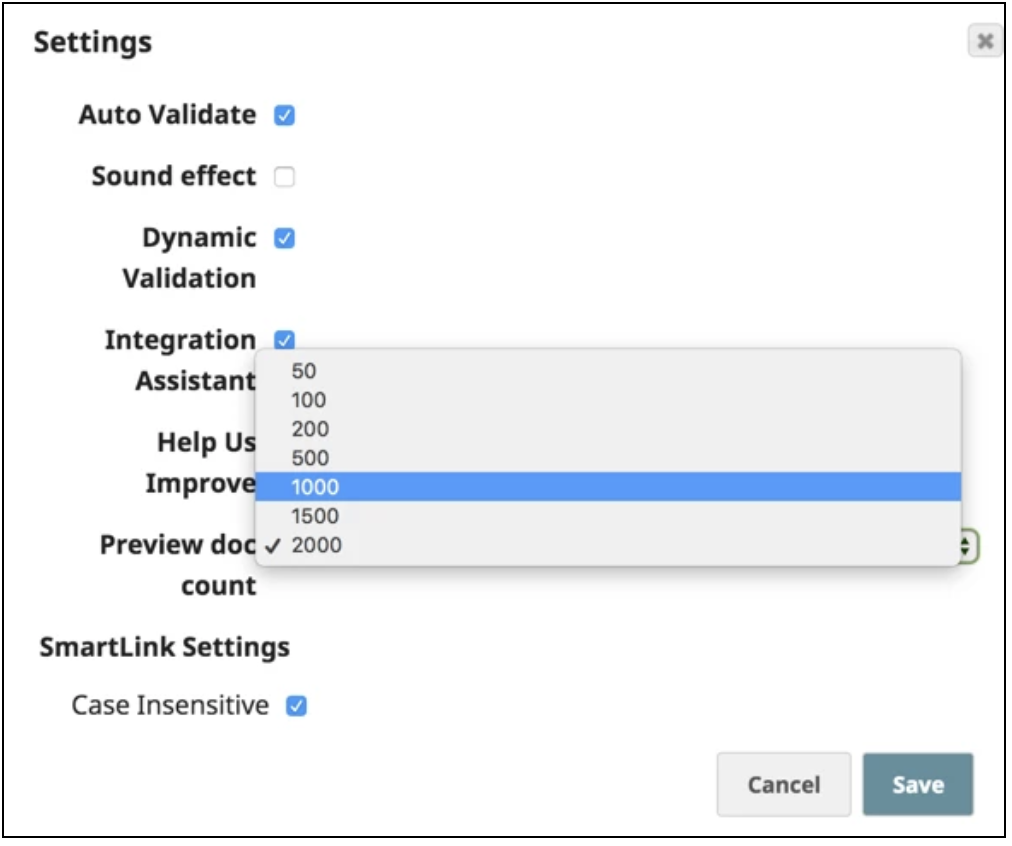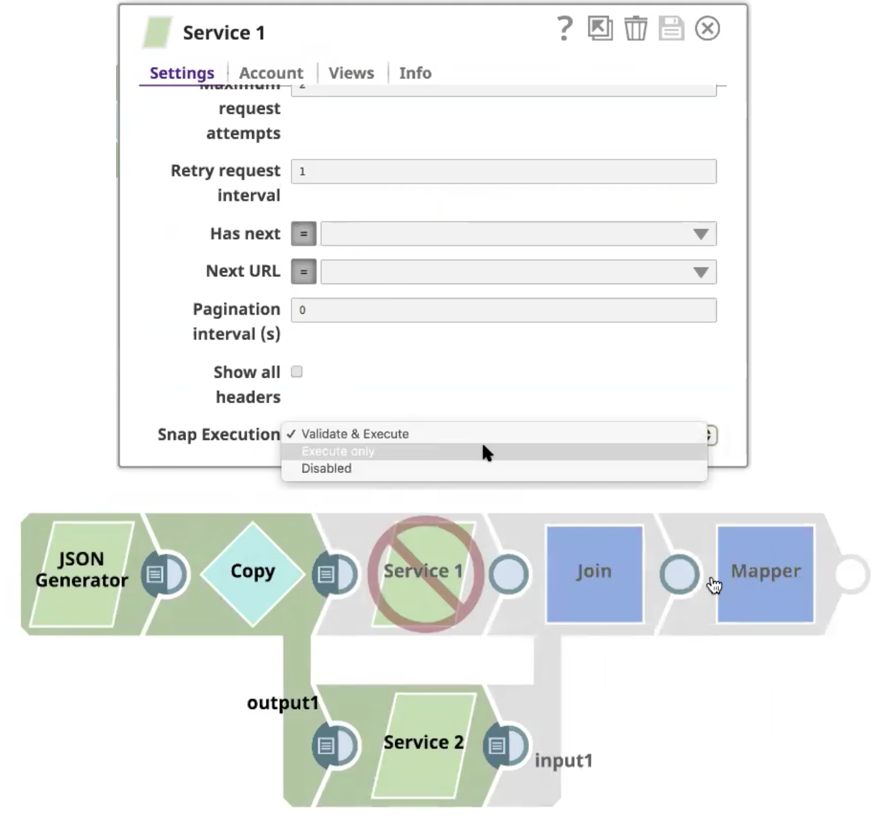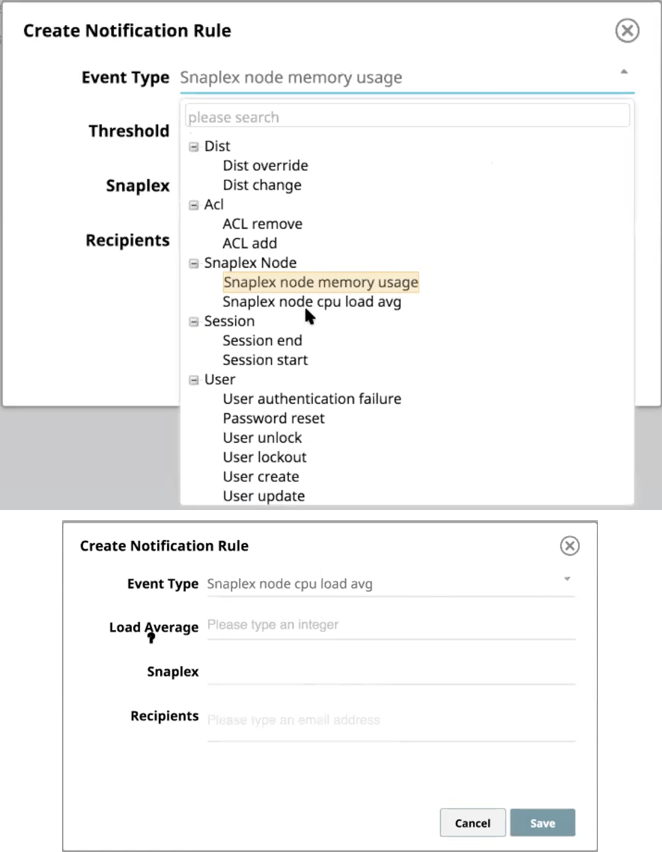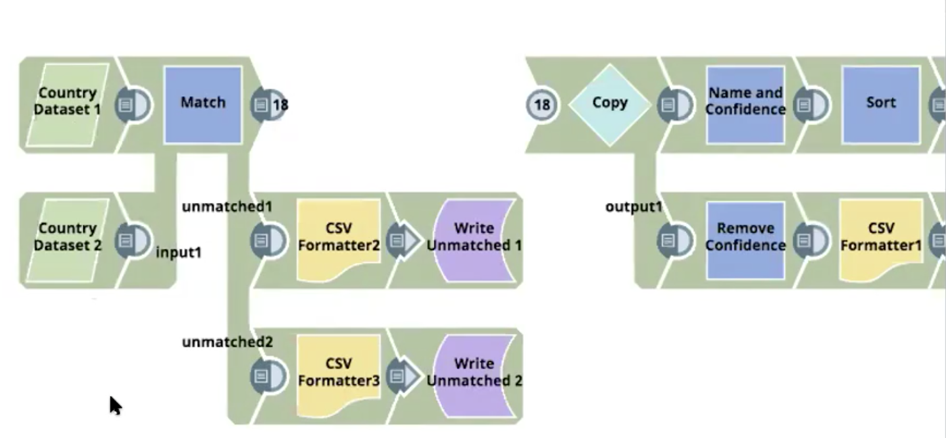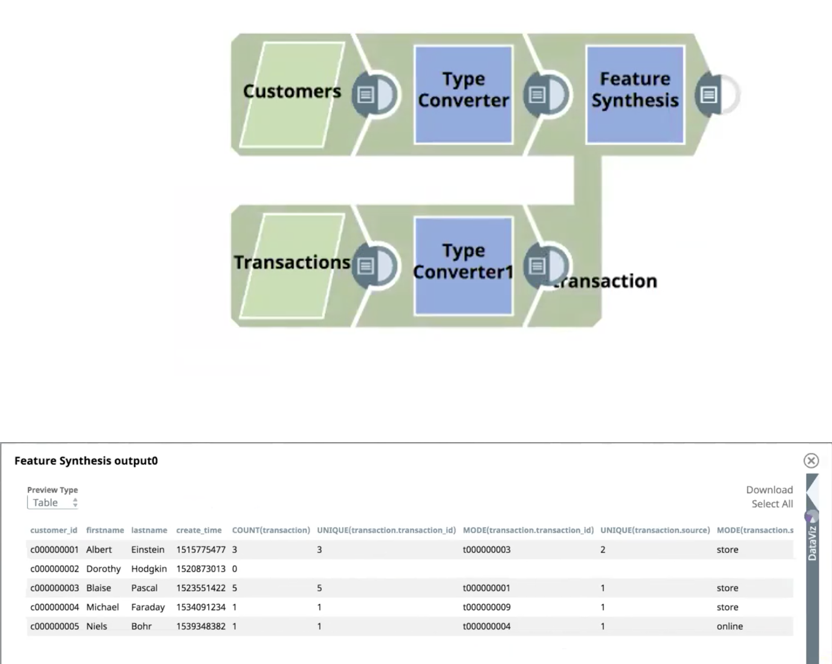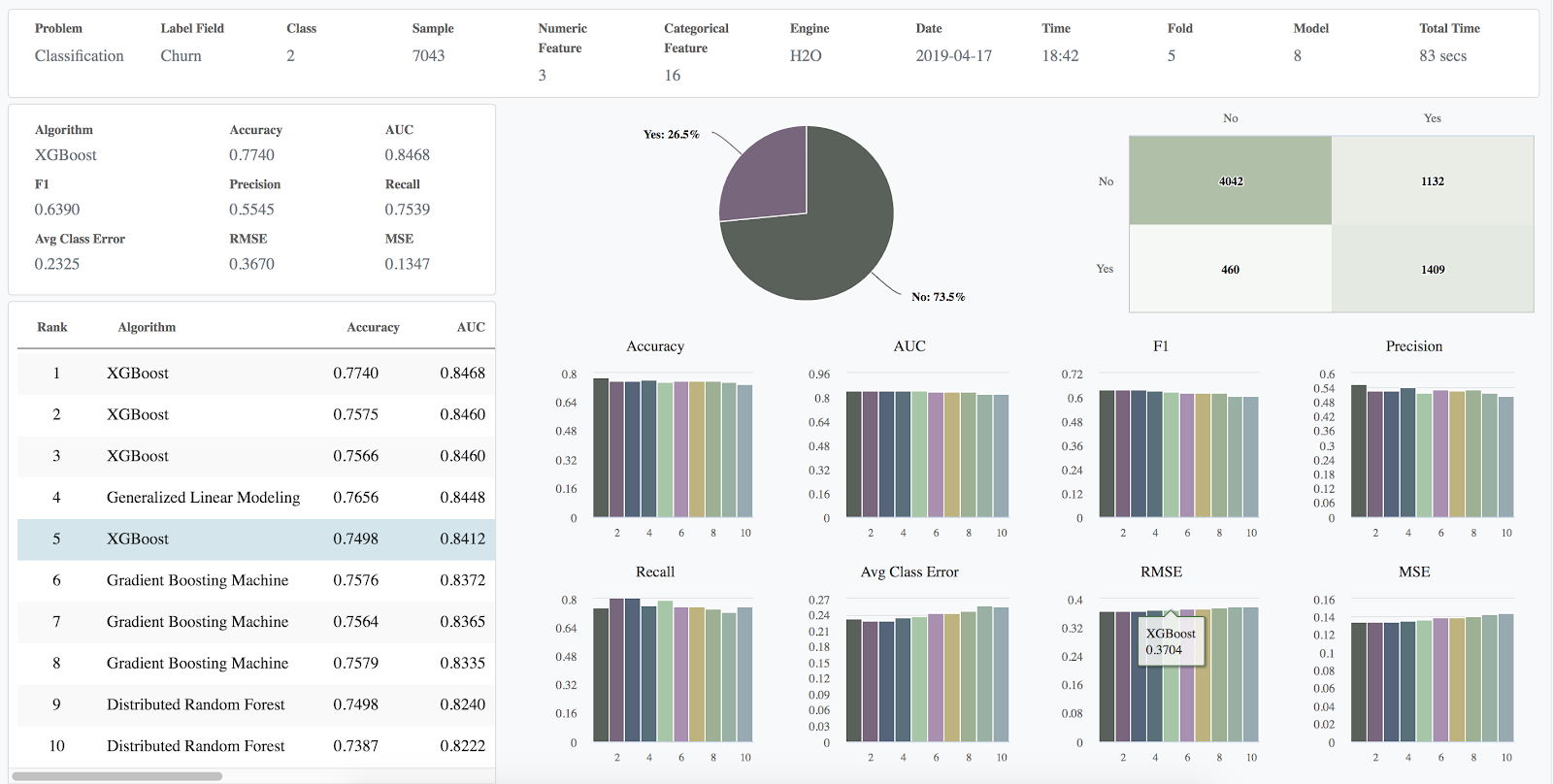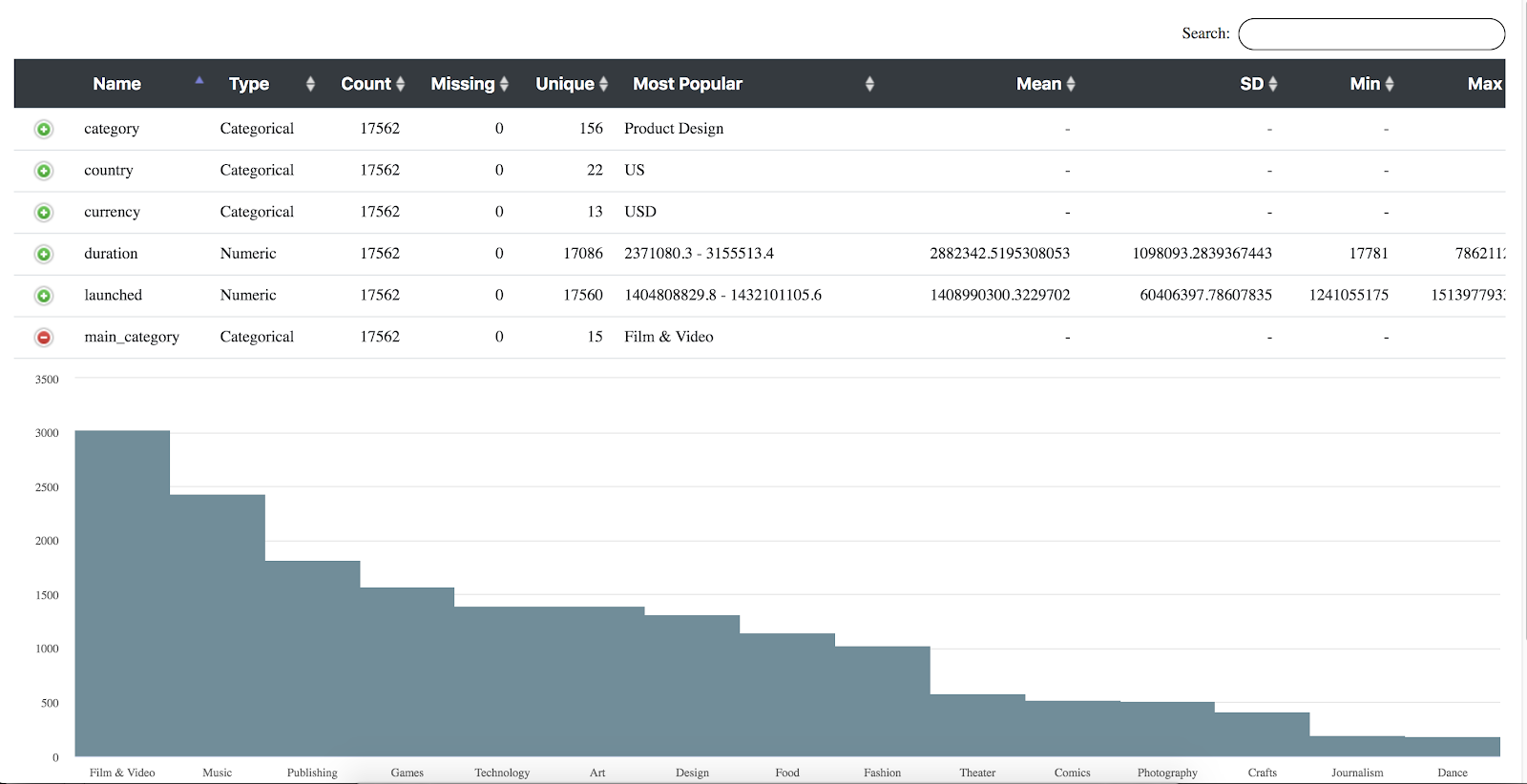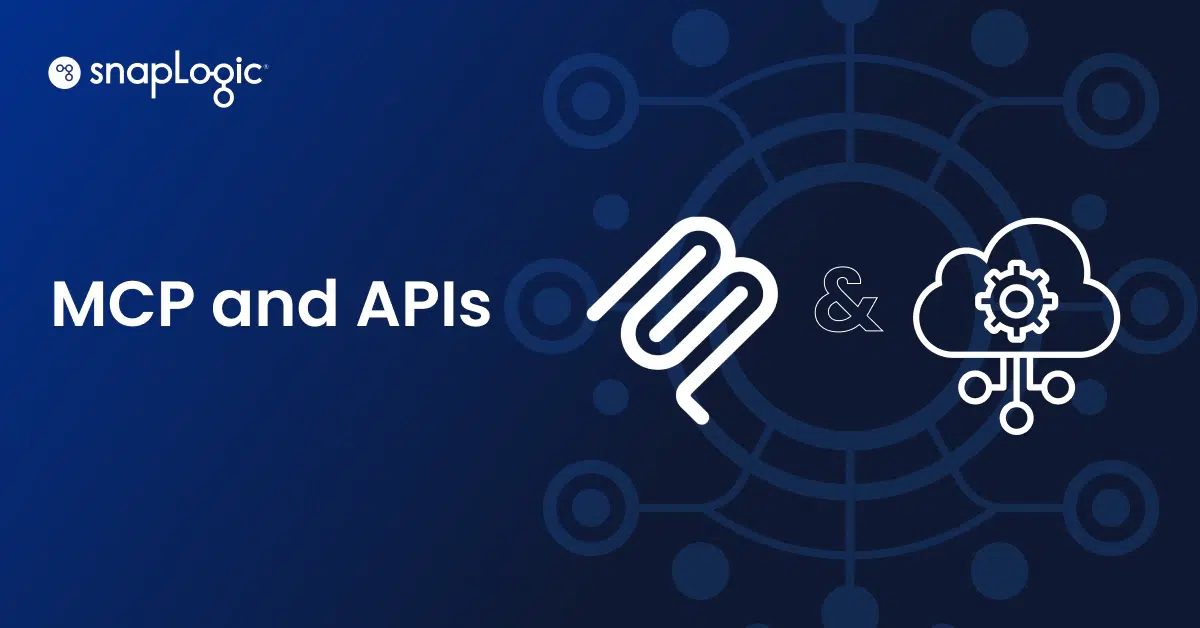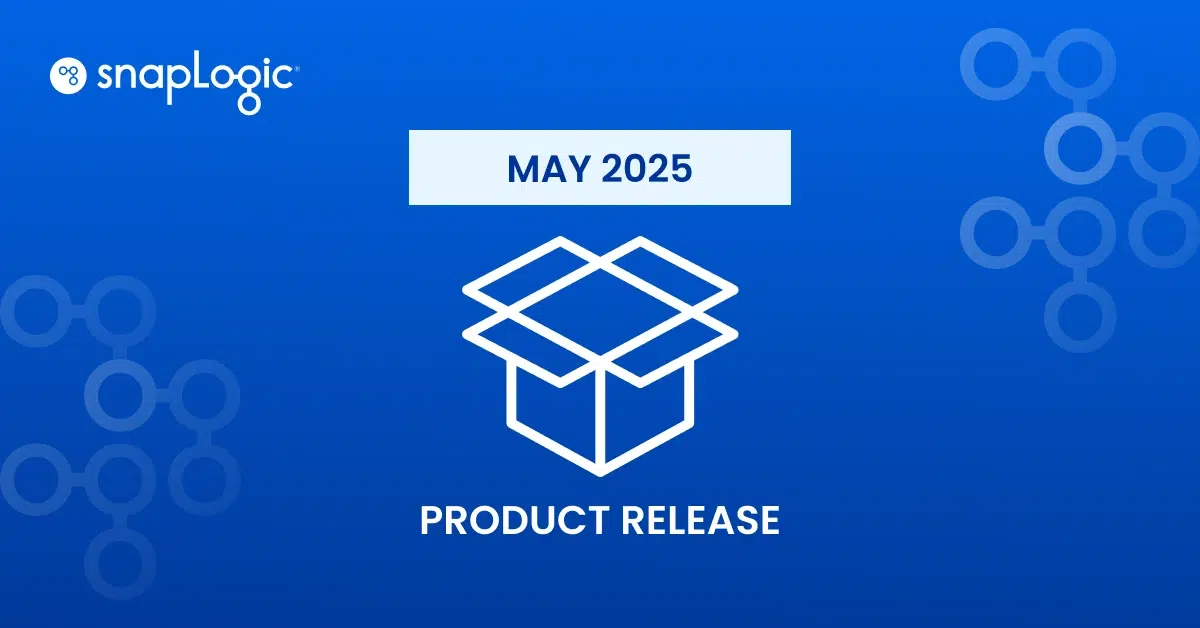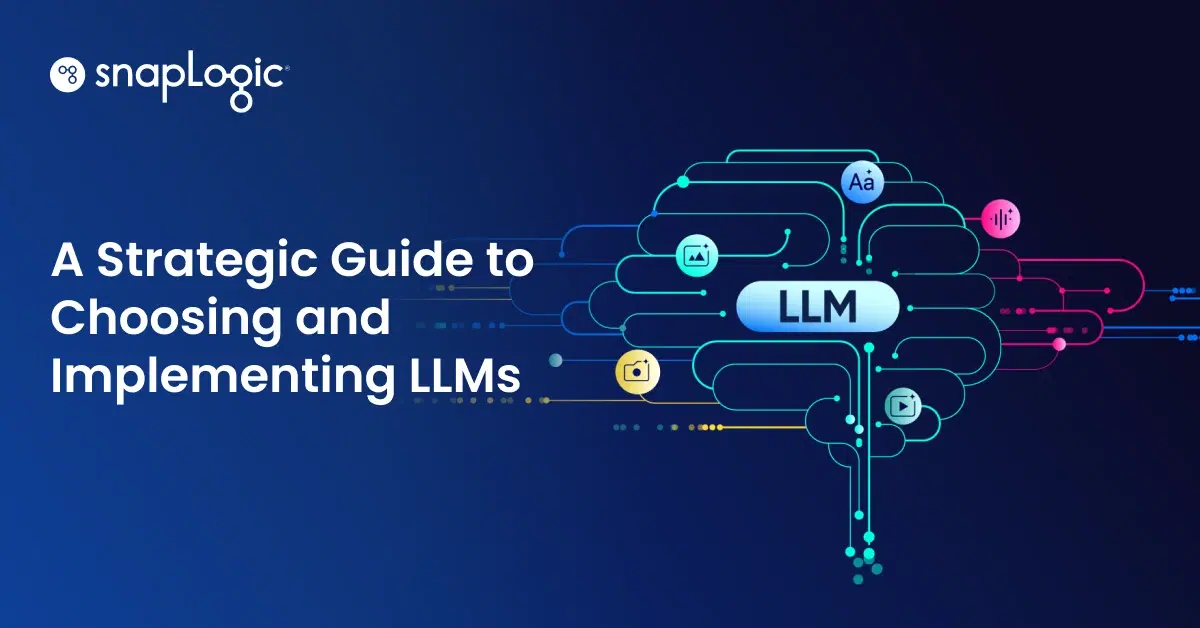Improved productivity, insights, and performance through advances in enterprise automation
We are excited to announce the general availability of the May 2019, 4.17 release of the SnapLogic Intelligent Integration Platform (IIP). This release improves on our enterprise automation capabilities by empowering you to build your integrations faster, thus driving productivity, better insights, and better performance. This demonstrates our continued focus on using artificial intelligence (AI) and machine learning (ML) techniques to drive innovation and productivity for our end users.
SnapLogic Intelligent Integration Platform: Higher productivity and deeper insights
Preview Output Visualization:
A picture speaks a thousand words! The SnapLogic platform now provides a powerful ability to visualize the data in preview mode at every step of the pipeline to provide quick insights into data as it flows through the pipeline. Various kinds of charts – bar, line, pie, scatter, etc. – are now supported.
You can change the number of records to be previewed throughout the Snaps in your pipeline. The default setting is 50 records. Depending on the pipeline, you might want to increase the number of records for a more accurate visualization of the data set.
Visualization of preview output data allows ad-hoc integrators to identify patterns and anomalies in the output data quickly. Integrators can shorten the time-to-value by fixing errors quickly.
Disable Snap:
Integration specialists and citizen integrators are building complex pipelines to connect application and data endpoints. However, the more complex a pipeline gets, the harder and more time-consuming it is to debug those pipelines. Integrators can now disable a Snap during testing and troubleshooting without removing Snaps or segments of a pipeline. With this feature, a user can disable a Snap during validation, execution, or both. When a Snap is disabled, it disables all the downstream Snaps.
With the ability to disable a Snap, organizations can make their integrators more productive because they now have troubleshooting capabilities without the need to significantly modify the pipelines.
Performance updates:
The SnapLogic platform now provides a number of performance updates that speed up the task execution and provide a better utilization of computing resources. Triggered tasks running on Groundplexes now support local caching, which results in improved performance. Now, pipeline executions are also spread out more evenly across Snaplex nodes with improved load balancing algorithms that have been put in place to look at additional metrics like CPU and Memory Utilization.
Alerts:
Alerts enable the SnapLogic platform users to take action on events such as user logins, password reset, Snaplex congestion, asset changes, daily API usages, etc. in cases of performance degradation or unauthorized access. With the May 2019 release, SnapLogic introduces additional alerts when the CPU and memory usage on nodes exceed configured thresholds. Integrators can take remedial actions quickly when their nodes are overloaded to keep their pipeline throughput high.
Binary Header Support
SnapLogic pipelines process a lot of binary files and sometimes the headers of those files need to be modified. Without an ability to manipulate the header of a binary file, that file first must be converted to the right format and then changed back to binary after the header has been modified. Integrators can improve the performance of their pipelines by modifying binary headers in the newly added binary view of the mapper. Additionally, custom headers are now passed through the pipeline as-is instead of discarding.
Watch the SnapLogic Platform Enhancements video to learn more.
SnapLogic API Management: Better security and broader support
SnapLogic API Management is built into the unified SnapLogic Intelligent Integration Platform (IIP) platform. API consumers can be within the organization or they could be partners or customers. To support the needs of this diverse audience and also to meet various compliance and performance needs, tasks underneath those APIs need the flexibility to run in the cloud or on-premises, and APIs themselves must be hardened to the enterprise security standards.
With the 4.17 release, the SnapLogic API management layer has been enhanced in two important aspects to provide better security and broader support. First, organizations can now publish, manage, and monitor APIs for tasks setup to execute on a Groundplex in addition to managing APIs that have been setup to execute on a Cloudplex.
Second, our customers can apply OAuth2 API policy to secure APIs during the management phase before APIs are published to consumers. OAuth2 is the preferred standard for securing API endpoints for a number organizations.
Watch the SnapLogic API Management Enhancements video to learn more.
SnapLogic Data Science: Superior model training for unseen data
Launched in November 2018, SnapLogic Data Science is a solution that allows users to capture and prepare data to build machine learning models for many real-life business use cases.
Data engineers and citizen data scientists still need a fair bit of knowledge and background in data science to produce high-performing machine learning models. With 4.17 release, non-experts can perform exploratory data analysis with clustering, the most common unsupervised learning technique. A ‘Clustering Snap’ has been added as part of the ML Core Snap Pack and is used to find hidden patterns or groupings in data. It supports machine learning scenarios such as gene sequence analysis, market segmentation, and object recognition.
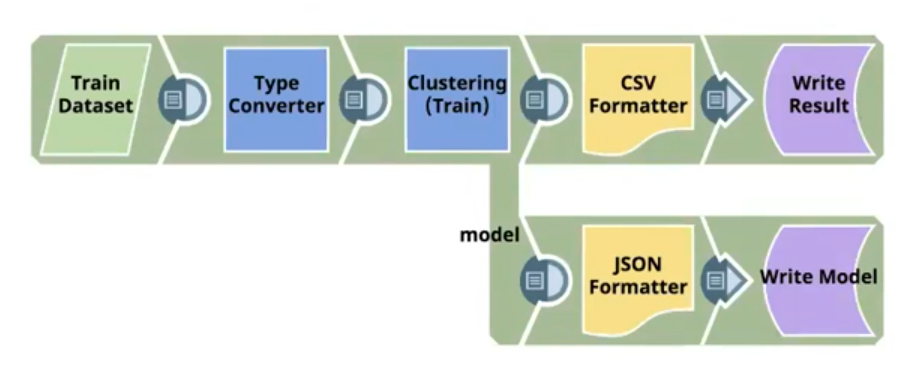
Data engineers and data scientists spend 70% of their time collecting and cleaning data. With the May 2019 release of the SnapLogic Intelligent Integration Platform, we are empowering these users to spend less time normalizing data sets. The ‘Match Snap’ performs record linkages across multiple data sources that may represent the same entity but have different values – .g., comparing two data sets where Spain is represented in two different ways: España vs. Espana.

Another tool we are providing to citizen data scientists is a new ‘Feature Synthesis Snap’ that provides automated feature engineering. It provides them with the ability to use feature engineering techniques to transform raw data into features that result in improved model accuracy on unseen data. Automated feature engineering can reduce machine learning development time by 10x compared to manual feature engineering while delivering better modeling performance.
The ‘Feature Synthesis Snap’ can automatically create features out of multiple datasets that share a one-to-one or one-to-many relationships with each other. Features that are generated include Mean, Min, Max, Mode, Unique, Count, Sum, and Standard Deviation.
In the 4.17 release, we have also enhanced the AutoML Snap in a number of ways that provide improved productivity and customization for citizen data scientists, helping them build better ML models in a shorter amount of time.
- The platform now has an HTML-based leaderboard reporting for improved explainability of results
- It takes a long time for AutoML to build an ML model. AutoML Snap now has a second input view where the user can feed best-so-far model from the previous run for continuous learning. This reduces the time it takes for the AutoML Snaps to generate new improved ML models.
- Users have the ability to provide a list of algorithm groups so they can decide which type of algorithm to use for building the model
Profiling Output Visualization: Users can view the profile output in the graphical format. This results in improved productivity for data scientists and data engineers as they can now leverage the graphical output to easily determine what further data cleansing needs to be done.
Watch the SnapLogic Data Science Updates video to learn more.
Additional Snap Pack enhancements
- Hadoop Snap Pack: The existing Hadoop Snap Pack has been certified to support Cloudera (CDH) v5.16 and v6.1
- Kafka Snap Pack: The existing Confluent Kafka Snap Pack has been certified to support Confluent platform v5.x as recommended by Confluent
- Workday Prism Analytics Snap Pack: With the “Append” option now supported in the Workday Prism Bulk Load Snap, users can now add required data into an existing dataset and send data quickly from various systems to Workday Prism
- Binary Snap Pack: The existing Binary Snap Pack has been enhanced to support SMB v3.x and v2.x in addition to v1.x which was supported previously. The Server Message Block (SMB) protocol, is a file sharing protocol which serves as the basis for Microsoft’s Distributed File System implementation. SMB v3.x provides advanced security schemes that are mandated by IT organizations, making it a preferred choice for customers.
Register for the webcast on the SnapLogic May 2019 release that takes place on Thursday, May 16 to get a closer look at the new updates. You can also visit the SnapLogic Community to learn more.



